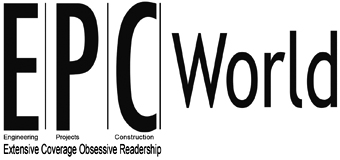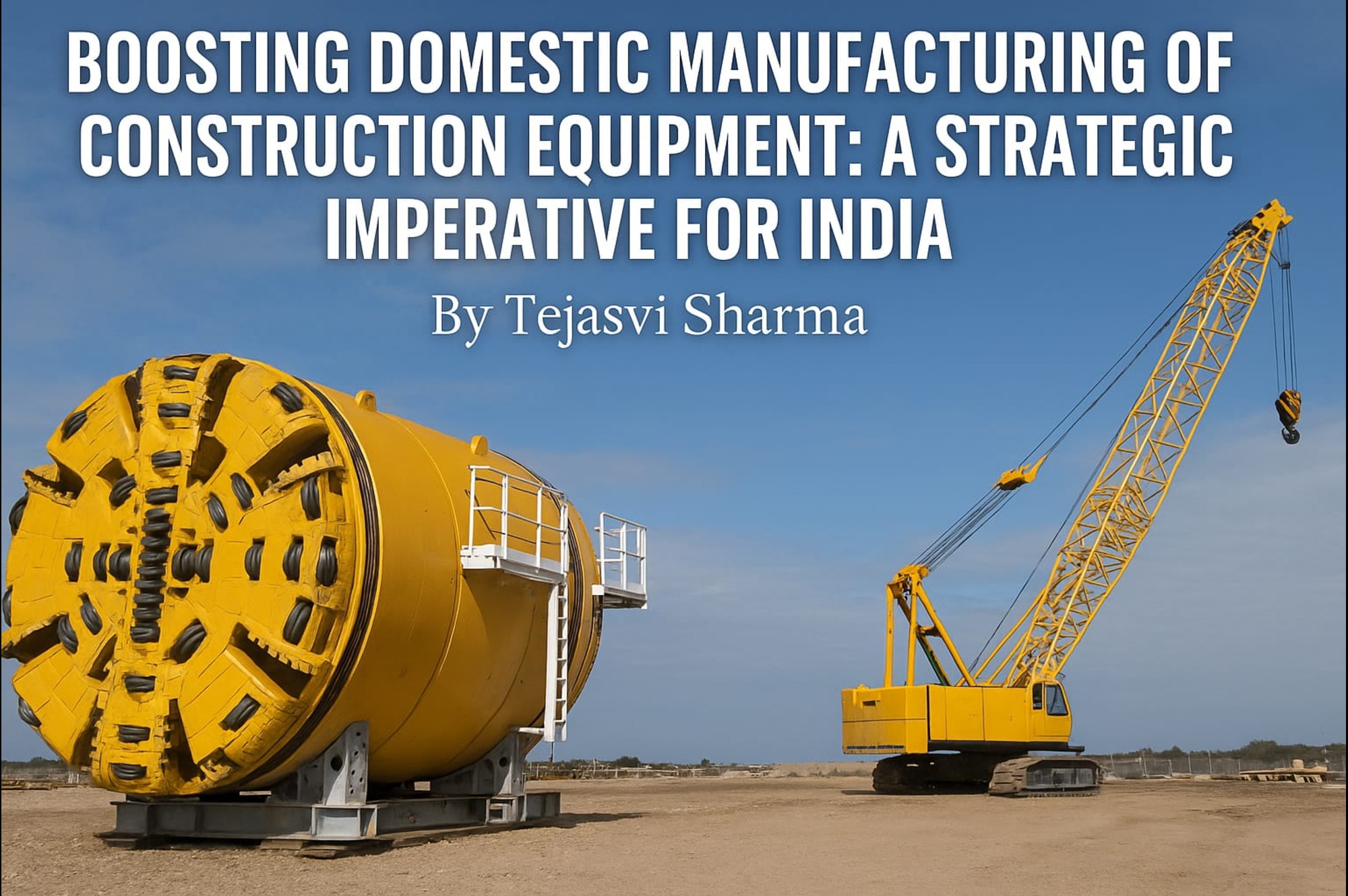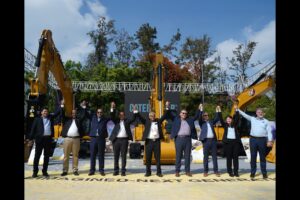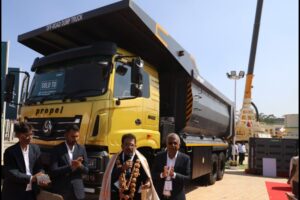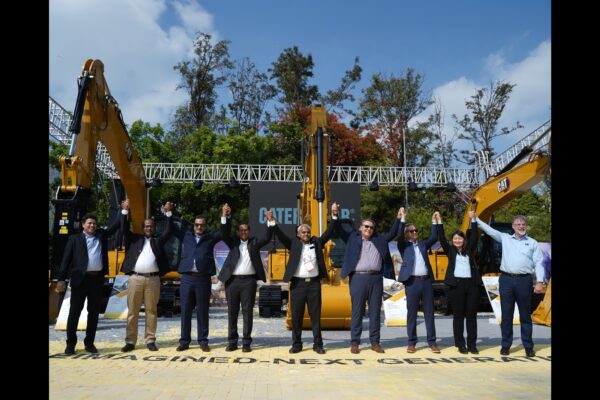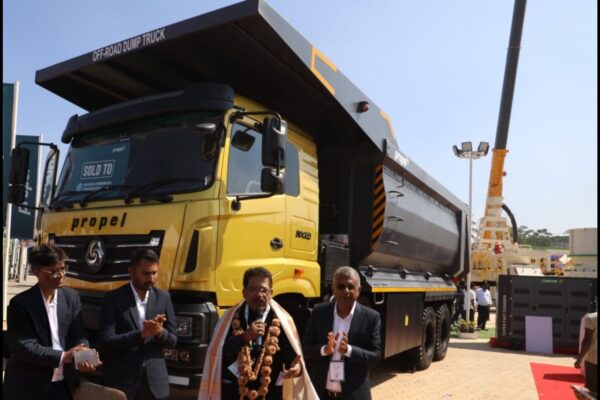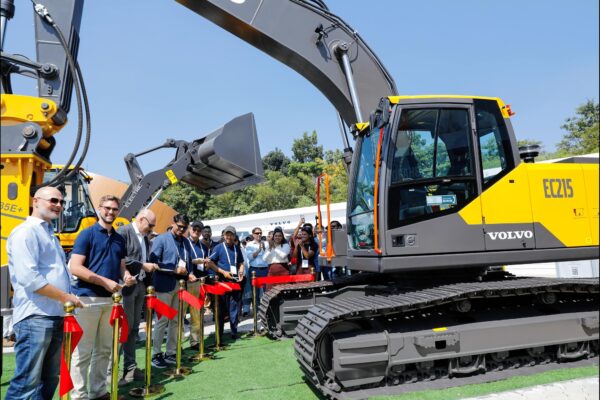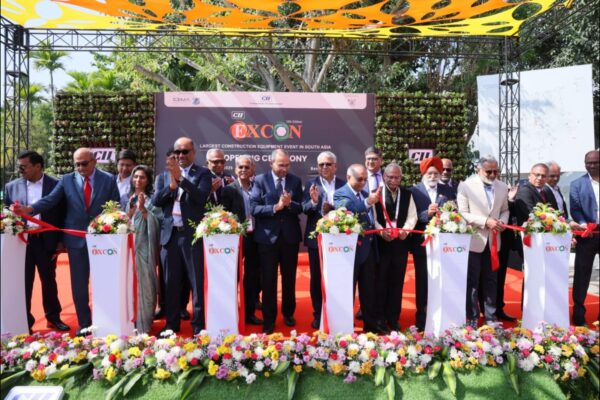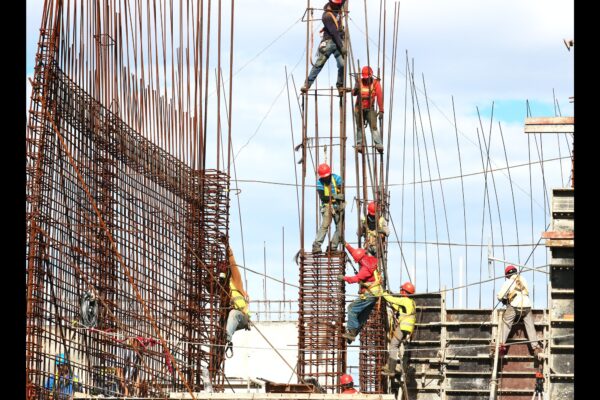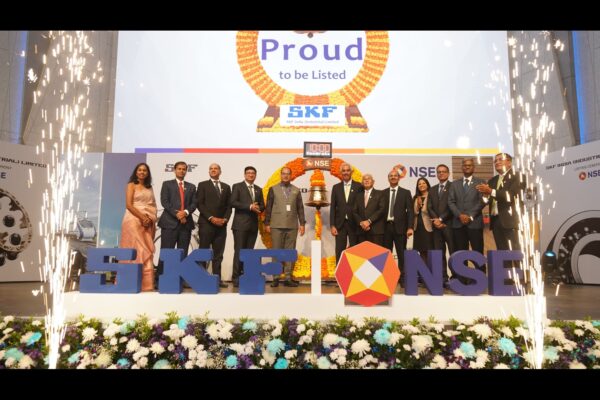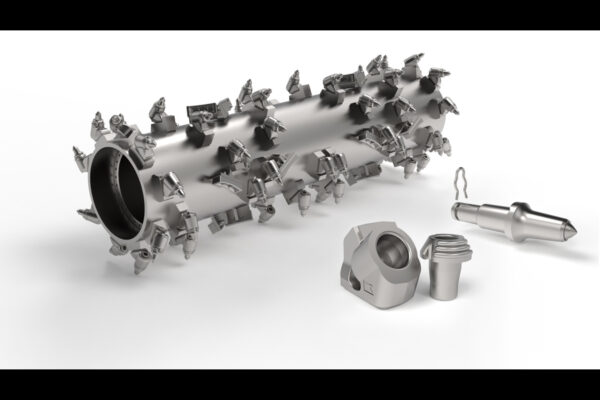Boosting Domestic Manufacturing of Construction Equipment: A Strategic Imperative for India
by Tejasvi Sharma, Editor-in-Chief, EPC World
In a decisive move to accelerate self-reliance and efficiency within India’s infrastructure sector, the Government of India is preparing to roll out a substantial ₹16,000 crore incentive programme aimed at catalysing domestic manufacturing of construction equipment. This policy intervention, which mirrors the spirit of the Production Linked Incentive (PLI) framework, will cover critical machinery such as tunnel boring machines (TBMs), cranes, concrete equipment, and heavy-duty earthmoving technology. By nurturing indigenous capabilities, the initiative seeks to mitigate import dependency, reduce project delays, and strengthen India’s positioning as a global hub for construction machinery manufacturing.
The Strategic Rationale
India’s infrastructure ecosystem is currently witnessing an unprecedented wave of investments under flagship programmes like Bharatmala Pariyojana, Gati Shakti, Smart Cities Mission, and the National Infrastructure Pipeline (NIP). Mega-projects such as the Mumbai Coastal Road, Chenab Bridge, and bullet train corridors require state-of-the-art equipment that has traditionally been imported from Europe, China, and Japan. This reliance on external suppliers not only inflates project costs but also subjects execution timelines to global supply chain disruptions.
By incentivising local manufacturing, the government aims to plug this critical vulnerability, ensuring that equipment availability aligns with India’s ambitious infrastructure targets. Furthermore, this initiative dovetails with the broader ‘Atmanirbhar Bharat Abhiyan’, reinforcing India’s resolve to transition from a consumption-driven economy to a manufacturing powerhouse.
Key Focus Areas of the Incentive
The proposed scheme is expected to channel incentives into sectors that have historically been dependent on imports:
Tunnel Boring Machines (TBMs): Central to metro rail projects, underground highways, and hydropower tunnels. Domestic TBM manufacturing could drastically reduce procurement costs and lead times.
Cranes and Lifting Equipment: Essential for high-rise buildings, bridges, and offshore projects. A strong local industry will support both infrastructure and heavy engineering sectors.
Earthmoving Equipment: Excavators, bulldozers, and loaders form the backbone of road and mining projects. Indigenous production will benefit both infrastructure and mining industries.
Concrete and Paving Machinery: With India targeting over 60,000 km of new highways by 2030, demand for concrete batching plants, pavers, and related machinery will surge.
The scheme will also prioritise R&D support, technology transfer partnerships, and skill development initiatives, ensuring that Indian manufacture rs not only assemble machines but design and innovate to meet global benchmarks.
Economic and Industrial Impact
The ₹16,000 crore allocation is expected to trigger a multiplier effect across the economy. For manufacturers, it will stimulate fresh investments in plants, machinery, and research capabilities. For ancillary industries—steel, foundries, hydraulics, electronics—the programme will generate substantial demand, strengthening supply chains.
Additionally, the localisation of equipment manufacturing will bolster India’s export potential. South Asia, Africa, and Latin America are emerging markets for affordable yet durable construction machinery, and India is strategically positioned to capture this demand. If executed effectively, the initiative could transform India into an export hub for mid-range construction machinery, replicating the success seen in sectors like automobiles and pharmaceuticals.
Employment and Skill Development
Another vital dimension of this scheme is its potential to create thousands of jobs across engineering, assembly, maintenance, and logistics. The heavy engineering sector traditionally serves as a multiplier for skill creation, fostering a workforce proficient in precision engineering, mechatronics, and automation. With adequate policy backing, India can not only meet its domestic needs but also develop a skilled talent pool that global manufacturers will find attractive for collaboration.
Challenges and Roadblocks
Despite the optimism, the road ahead is not without hurdles. Setting up advanced TBM and crane manufacturing facilities requires cutting-edge technology and significant capital infusion. Indian companies will need to build strategic alliances with global OEMs for know-how transfer.
Moreover, maintaining quality standards and certification parity with international benchmarks will be crucial to gain acceptance in global markets. Financing, environmental clearances, and long gestation periods may also test the resilience of the programme. Finally, global trade dynamics and competition from Chinese and European manufacturers will demand a carefully crafted tariff and non-tariff protection regime.
A Long-Term Vision
The incentive programme is not merely an industrial policy—it is a long-term strategic vision that aligns with India’s ambition to become a $5 trillion economy by 2030. By securing self-sufficiency in construction equipment, India will improve its infrastructure competitiveness, compress project timelines, and enhance cost efficiencies.
Equally important, this initiative represents a shift towards sustainable industrialisation. Indigenous manufacturers, unburdened by outdated legacy designs, have an opportunity to leapfrog into greener, energy-efficient machinery, in line with India’s climate commitments under COP28.
Conclusion
The proposed ₹16,000 crore incentive for domestic construction equipment manufacturing marks a transformative inflection point for India’s infrastructure sector. If implemented with precision and backed by industry cooperation, the scheme could propel India into a new era of engineering self-reliance, global competitiveness, and sustainable growth.
As the nation continues to build expressways, metro corridors, ports, and high-speed rail lines, the ability to source critical equipment domestically will be a game-changer, reducing costs, cutting delays, and fuelling industrial resilience.
For India, the vision is clear: to build world-class infrastructure with world-class machinery made at home.
Tags
Related Posts
